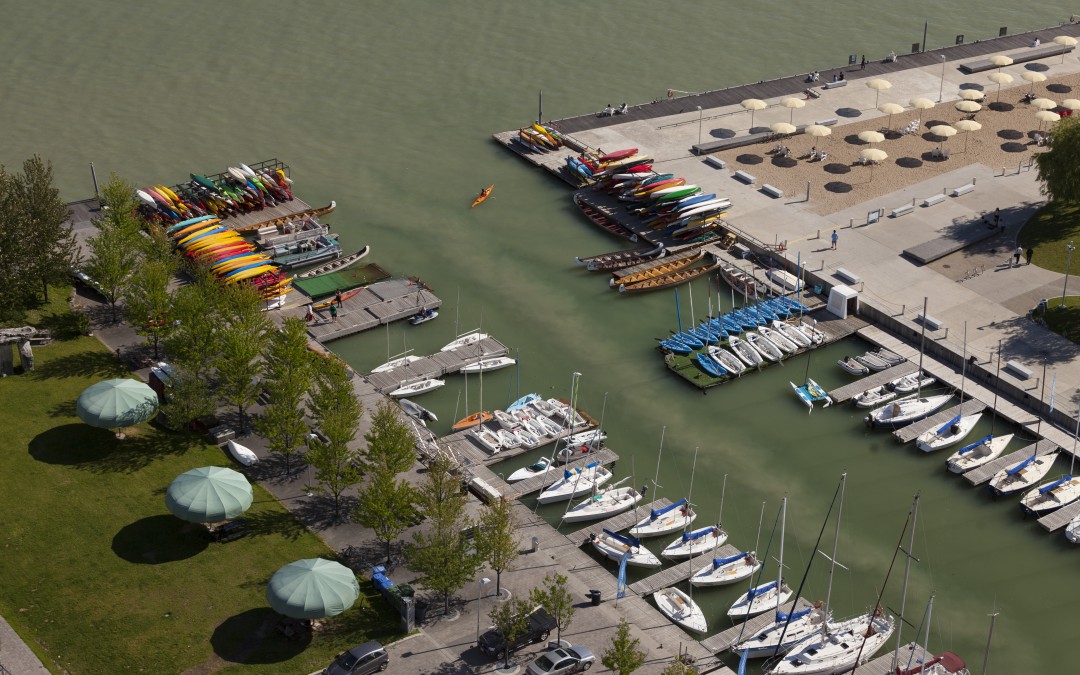Author: Krystyn Tully, VP Lake Ontario Waterkeeper
Photo credit: Jim Panou
Face it. Talking about the impact failing infrastructure has on water quality and waterways is a challenge.
No matter how hard you try, the message comes out like this: “There’s sewage in our waters. Except when there’s not. And sometimes it’s stormwater, which can be as bad as sewage. Except when it’s not.”
What the public hears is either, “your river is full of sewage all the time” or, “your lake is perfect all the time.”
Ideally, people would understand that water quality is like weather. It changes every day.
Helping people understand the “water quality is like weather” message reminds them to check water quality every time they swim or paddle. This is the only way they can take control of their health and make informed decisions about when and where to take a dip.
The message helps the public link water quality problems they see (like combined sewer overflows) to the causes (like storms in older urban areas). This is the best way to ensure that they understand why investing in repairs and upgrades is so necessary.
Seeing the connection between water quality issues and causes is also a powerful way to counteract people’s tendency to categorize waterways as “clean” or “dirty.” Once a waterway is written off as “dirty”, people stay away. More pollution is tolerated. The motivation to protect it weakens.
For people to check up on water quality, of course, they need access to more and better information than they currently have. Few Canadian municipalities issue formal rainfall advisories, which alert the public that water quality may be impaired for 48-hours after heavy rain. With only a few notable exceptions, municipalities do not issue an alert when wastewater treatment plant bypasses or combined sewer overflow events are occurring. This is basic information that people need to protect their health and to understand the frequency and scale of our infrastructure challenges.
With interest in watersports like paddling and open water swimming on the rise, now is the time to include citizens in our infrastructure conversations. We need to communicate with them in ways that they understand, when and where it works best for them. After all, they are the ones who pay the financial, health, and cultural tab.

